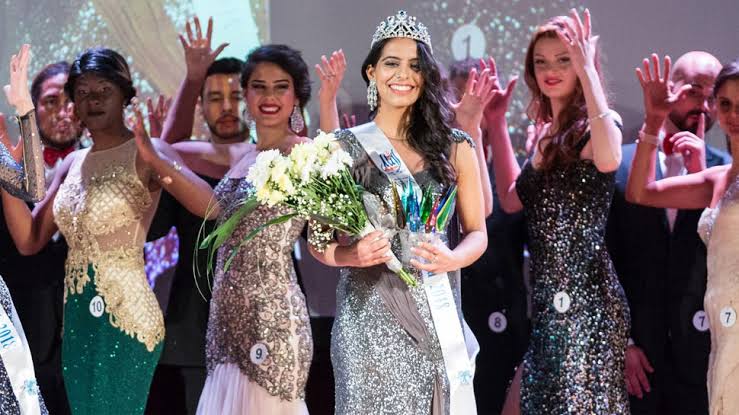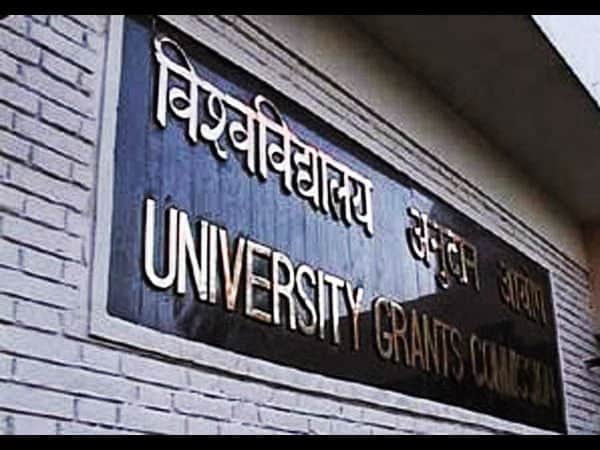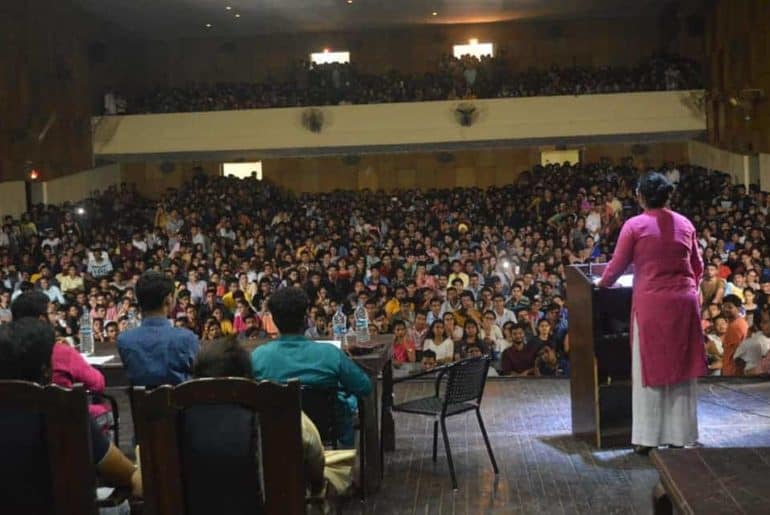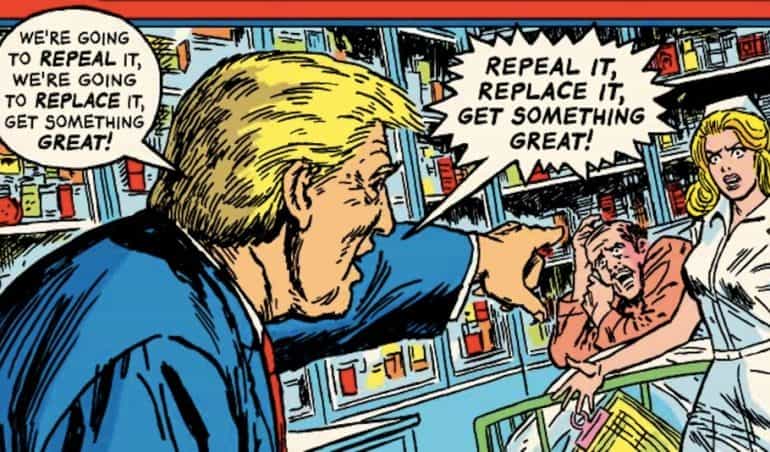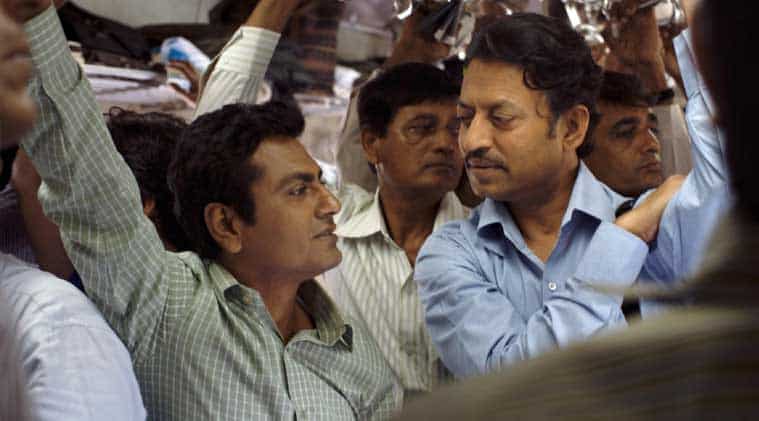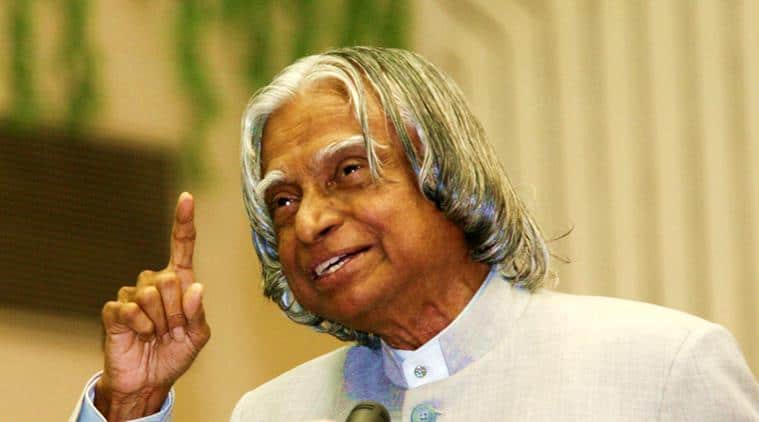Comic books have always fallen into the territory of leisure reading, but there is so much more to it that it makes one wonder why it is not appreciated or recognized as literature.
Comic books are something we all reminisce about from our childhood. We all have grown up reading them, with stock characters and smooth narratives, and most importantly- the graphics. Some of us still continue to read them, owing to their neverending charm. However, comics, though a major part of popular culture and mainstream reading, have never received enough acclaim to be considered literature. Comic writers time and again have faced the scrutiny of not being taken seriously when compared to canonical literature.
Comics have a varied meaning for everyone. “I have grown up with comics being my oxygen. It started with the basics like Marvel and DC and later shifted to Manga, I am proud of my collections of them. They are addictive and something you can come back to again and again. They are quick to read, a major plus point, and with my current studies being so hectic, I would say I prefer comics if I need a break from studying medicine.” says Satvik Sagar, second-year MBBS student from University College of Medical Sciences.
The debate of comics being underrated, from a literary point of view, brings us to question, what exactly is literature or what should it ideally consist of. While many critics have debated fiercely on this matter, George Herbert Clarke in his work “What is Literature” published by The Johns Hopkins University Press, comments on literature and its terminology as: “In spite of these apparently accurate narrowing of the field of true Literature, there still remains an uneasy sense of inaccuracy. Did the quintessence of Literature, did the thing-in-itself, exist before the invention of the arts of writing and of printing?….. Does Literature, indeed, consist actually of books and writings at all? Are these things veritably it itself, or rather its normal tools, it’s convenient and habitual but not indispensable means of communication?”
“Comics have a science and structure to writing it. Every comic has a different form of creating a gutter space, the purpose of that, the reason for the way characters are sketched, everything has a purpose. Being an artist myself, I find making comics challenging. It is not just jotting down a thought from your mind, visually. There’s a lot more to it and hence it should be considered serious literature.” Comments Heena Garg, a second year English honors student of Maitreyi College. She further adds, “Take the case of comics like MAUS. Who ever would have thought a comic can be made out of taking Holocaust as a base structure! The work employs represents Jews as mice, Germans as cats, and Poles as pigs. A symbolic attachment already and targeting social hierarchies. How is this still not considered under proper literature?”.
Literature primarily gets divided into popular and canonical. While high literature has been admiring the works of Shakespeare or Marlowe, this ‘low’ literature should also be given its due importance. Till date, cartoonists and comics are not given their required appreciation. Till date comics are shadowed by the fact that they are “non-serious’’ and filled with graphic violence.
Scott McCloud, American cartoonist and comic theorist, has been able to tear down the wall between high and low culture in 1993 with his book “Understanding Comics”, exploring the formal aspects of comics, the historical development of this medium of narrative, its fundamental vocabulary, and various ways in which these elements have been used, presented as a massive comic book about comics, linking the medium to diverse fields such as media theory, movie criticism, and web design.
In his publication: “Comic Books as a Teaching Tool Author(s)”: Carlo Vacca states,”It is not extravagant to say that the modern comic book has an ancient and honorable lineage, from prehistoric times down to the present day all ages of mankind have left stories in the picture from…..Someteachers proudly boast that they have never read a comic book in their life. However, an area which attracts several million boys and girls every year should engage the attention of language teachers, whose major activity is communication.”. Through his works, a popular question can also be raised, as to why comics are not seen as symbols of intellectual ability.
Many university courses are slowly acknowledging the comic book, and the art of comics and inculcating it in their syllabus. This might be a waiver for establishing a new field of criticism. Comic books have been accepted in the diversified branch of popular literature and are easily marking as books with high revenue earnings and audience appeal, especially amongst teenagers. However, the biggest stereotype they face to date is the fact that they are dismissed as a type of ‘pulp fiction’. A lot of serious and dark genre of novels have been published, focusing on key historic moments, hence being shadowed by more fanciful and elaborate themes.
Comic books are also deemed as a sort of “hybrid” literature. Heavy research is required to garner a critical appreciation of this form of art, which is not just a play of words, but also of images, abstract symbols, gutter space, ever-changing design, structures and plot lines.
The field of literary works will hopefully experience a dynamism in the future by offering a more inclusive space for comic books. Comics must be appreciated for their often intricate, and time-consuming image-text synthesis, making them the literature of the future.
Feature Image Credits: tri-city news
Avnika Chhikara
[email protected]

